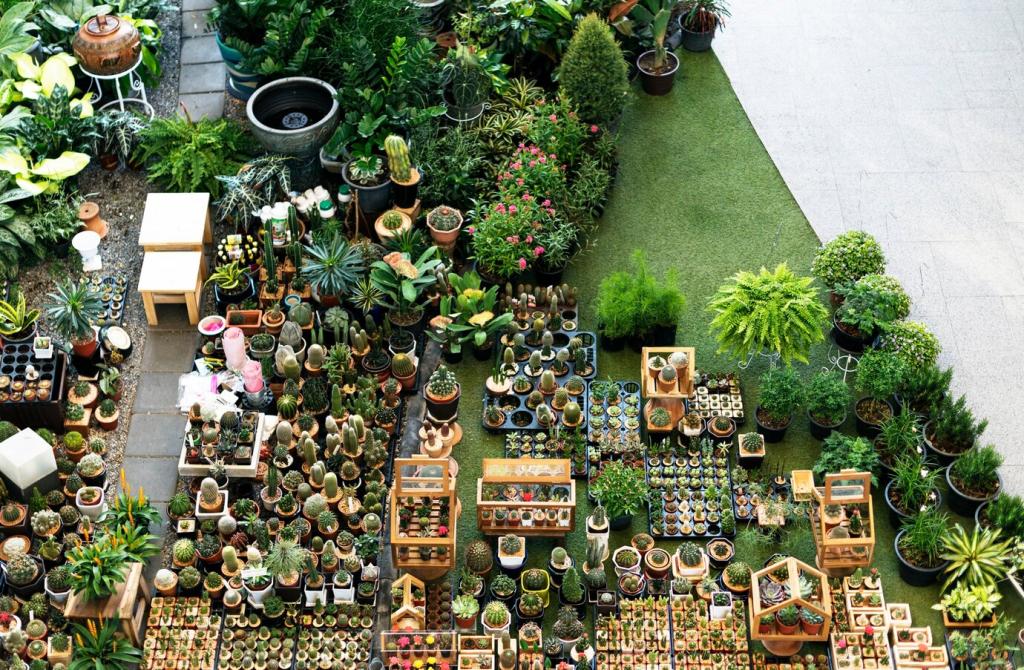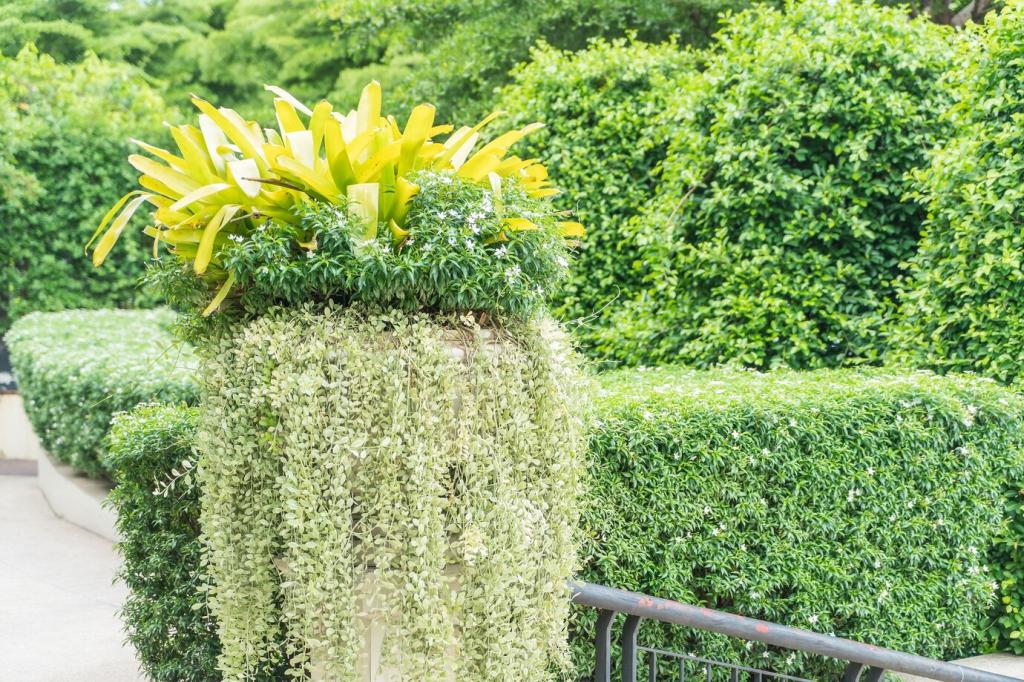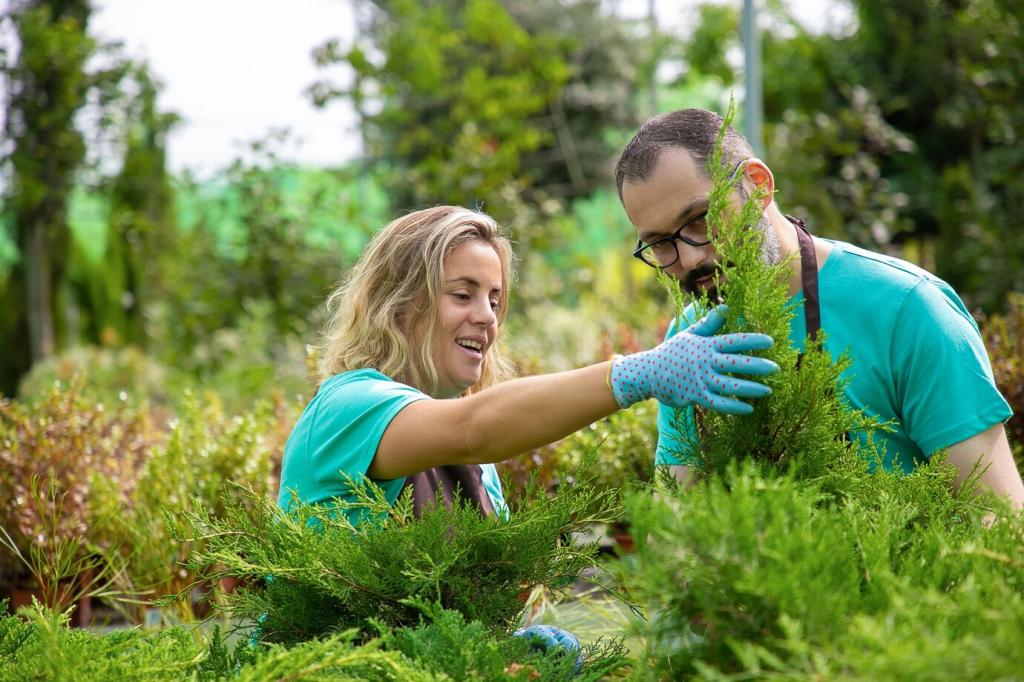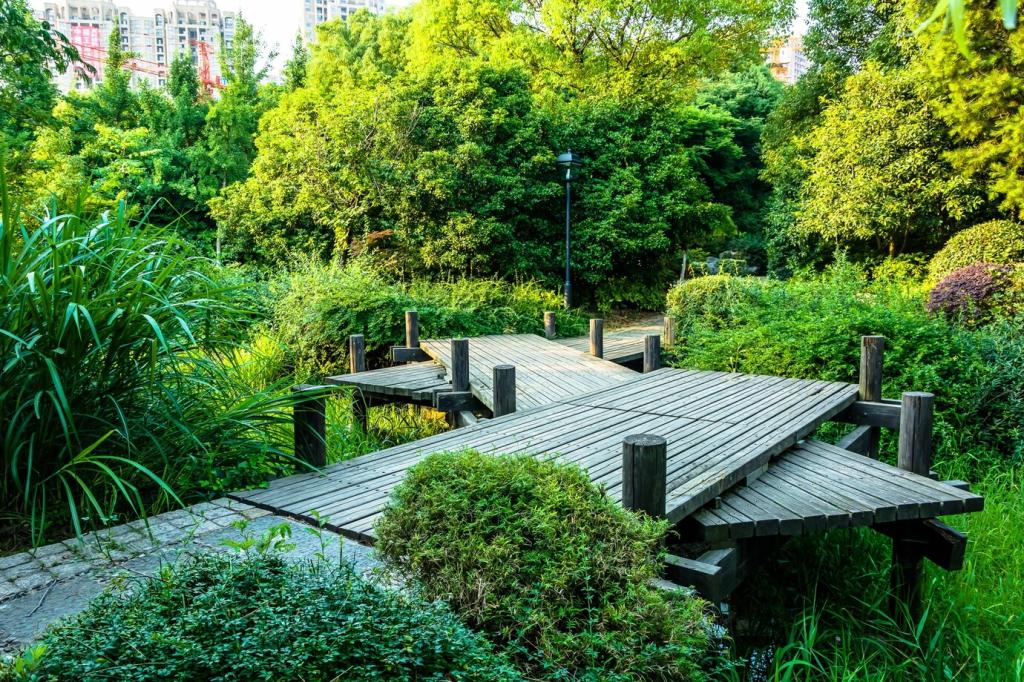Incorporating Bamboo in Eco-Conscious Landscapes
Chosen theme: Incorporating Bamboo in Eco-Conscious Landscapes. Discover how bamboo’s rapid growth, elegant form, and regenerative power can transform sustainable gardens, courtyards, and public spaces into climate-positive, biodiverse sanctuaries. Subscribe and join our community of eco-minded growers shaping greener places with living design.
Why Bamboo Belongs in Sustainable Design
Unlike many trees, bamboo can add several feet each growing season, bank carbon in culms and rhizomes, and regenerate after selective harvest. Its pace means visible climate benefits within years, not decades, accelerating the ecological payoff of thoughtful landscape projects.
Why Bamboo Belongs in Sustainable Design
Once established, many bamboo species handle heat, wind, and periodic drought with minimal water and fertilizer. This resilience reduces fossil-fueled maintenance and resource use, aligning day-to-day care with long-term sustainability goals while still delivering lush, year-round structure and shade.


Choosing the Right Bamboo: Clumping vs. Running
Sympodial, or clumping bamboos, expand slowly from tight crowns, creating neat groves and manageable hedges. They are ideal near property lines, patios, and small urban lots where root barriers are impractical. Classic choices include Bambusa multiplex and Fargesia robusta for cool climates.
Design Ideas for Eco-Conscious Yards
A narrow row of clumping bamboo forms a breathable privacy veil that filters wind and mutes traffic noise. Interplant with native understory flowers to invite pollinators, and you create a living wall that protects serenity without concrete, plastic panels, or heavy construction.
Design Ideas for Eco-Conscious Yards
Site bamboo upslope from a rain garden so runoff is slowed and filtered before reaching recharge zones. Mulched basins, swales, and permeable paths direct water to roots where it matters. Pair with sedges and rushes for a cohesive, climate-adaptive hydrological design.
Soil, Water, and Mulch: Establishing Bamboo the Right Way
Loosen compacted soil to foster deep rooting, then blend in finished compost for microbial life and slow-release nutrients. Avoid synthetic quick fixes; bamboo responds beautifully to living soils that breathe, drain, and hold moisture without becoming waterlogged or nutrient-starved.

Thinning for Light and Air
Remove older, shaded culms to improve airflow and sunlight penetration, then use pruned material as garden stakes or habitat piles. This cyclical approach keeps the grove open, healthy, and productive without hauling biomass to landfills or relying on power-hungry tools.
Containment and Edge Care
Inspect boundaries each spring and autumn. For runners, trench or rhizome prune along set lines to prevent spread. For clumpers, slice small offsets to keep form tight and share divisions with neighbors, building a local, resilient plant community together.
Sourcing Ethically and Avoiding Greenwashing
Favor growers who propagate clean stock, disclose species and cultivar names, and avoid mislabeling. For any bamboo products, look for responsible forestry or fiber certifications. Clear provenance lowers ecological risk and builds accountability throughout your project’s supply chain.


Sourcing Ethically and Avoiding Greenwashing
Local experts know which species thrive without heavy inputs. They can advise on microclimates, wind exposure, and companion plants. Join neighborhood gardening groups to trade divisions and experience, keeping both costs and emissions down while building community resilience.
Stories from the Grove: Real-Life Bamboo Wins
A Backyard Hedge that Invited Birds Back
After replacing a wooden fence with a slender clumping hedge, one family noted wrens nesting within a season and lower afternoon winds across their patio. With compost mulch and drip irrigation, they cut maintenance time while gaining privacy and birdsong.
A School Courtyard that Cooled Down
A small grove shaded south-facing glass and reduced heat glare for a classroom. Teachers reported calmer noise levels and better outdoor learning sessions. Students helped measure growth and soil moisture, turning maintenance into hands-on climate literacy every month.
A Community Rain Garden that Held the Flood
During a sudden storm, a bamboo-framed swale slowed runoff, preventing a nearby sidewalk from flooding. Volunteers later used harvested culms to build signage stakes, closing the loop between stormwater function, materials reuse, and a landscape that teaches by doing.
Measuring Impact: Data and Simple Tracking
Carbon and Biomass Back-of-the-Envelope
Count new culms each year, measure average height and diameter, and estimate biomass using simple formulas. While not laboratory perfect, these numbers reveal trends and help you compare bamboo’s performance against conventional hedges or fences made from mined materials.
Water Use and Soil Moisture Logs
Record irrigation minutes alongside rainfall and mulch depth. A cheap moisture meter paired with weekly notes will highlight opportunities to dial back watering without stress, saving resources and demonstrating the efficiency of drip systems under living mulch.
Biodiversity Spot Checks
List visiting bird species, beneficial insects, and understory volunteers each season. Small increases tell a bigger story: your bamboo grove is functioning as habitat, not just decoration. Share your sightings to help others benchmark and celebrate ecological progress.
